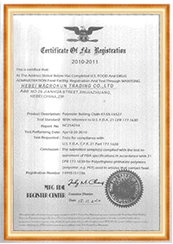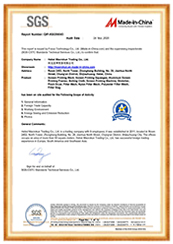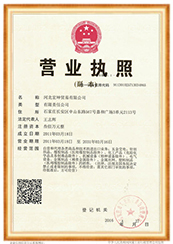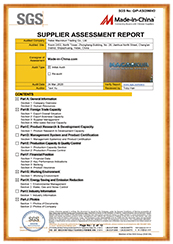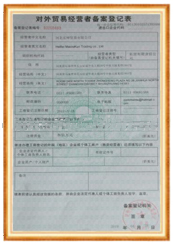In the realm of scientific research and data analysis, precision is paramount. The tools and materials employed in experiments can significantly influence the accuracy of results, and this is where Nitex screens come into play. These specialized mesh fabrics, known for their fine filtration capabilities, have become indispensable in various scientific applications, particularly in enhancing data analysis. By providing a reliable means of separating particles and contaminants from samples, Nitex screens contribute to the integrity of the data collected, ultimately leading to more accurate conclusions.
One of the primary advantages of using Nitex screens is their ability to maintain sample purity. In many scientific experiments, the presence of extraneous particles can skew results, leading to erroneous interpretations. For instance, in biological studies, the isolation of specific cells or microorganisms is crucial. Nitex screens, with their precise mesh sizes, allow researchers to filter out unwanted debris while retaining the target specimens. This level of control not only improves the quality of the samples but also ensures that the data derived from them is reliable. Consequently, researchers can make informed decisions based on accurate data, which is essential for advancing scientific knowledge.
Moreover, the versatility of Nitex screens enhances their applicability across various fields, including environmental science, pharmaceuticals, and food safety. In environmental studies, for example, researchers often need to analyze water samples for contaminants. By employing Nitex screens, they can effectively separate pollutants from the water, allowing for a clearer assessment of water quality. This capability is particularly important in regulatory compliance and public health initiatives, where accurate data is critical for making informed policy decisions. Similarly, in pharmaceutical research, the purity of compounds is vital for drug development. Nitex screens facilitate the filtration process, ensuring that only the desired substances are analyzed, thereby improving the reliability of the results.
In addition to their filtration capabilities, Nitex screens also contribute to the efficiency of data analysis. The ease of use and adaptability of these screens streamline the experimental process, allowing researchers to focus on their analyses rather than troubleshooting issues related to sample contamination. This efficiency is particularly beneficial in high-throughput environments, where large volumes of samples must be processed quickly and accurately. By minimizing the risk of contamination and ensuring consistent sample quality, Nitex screens enable scientists to generate data more rapidly, facilitating timely decision-making and accelerating the pace of research.
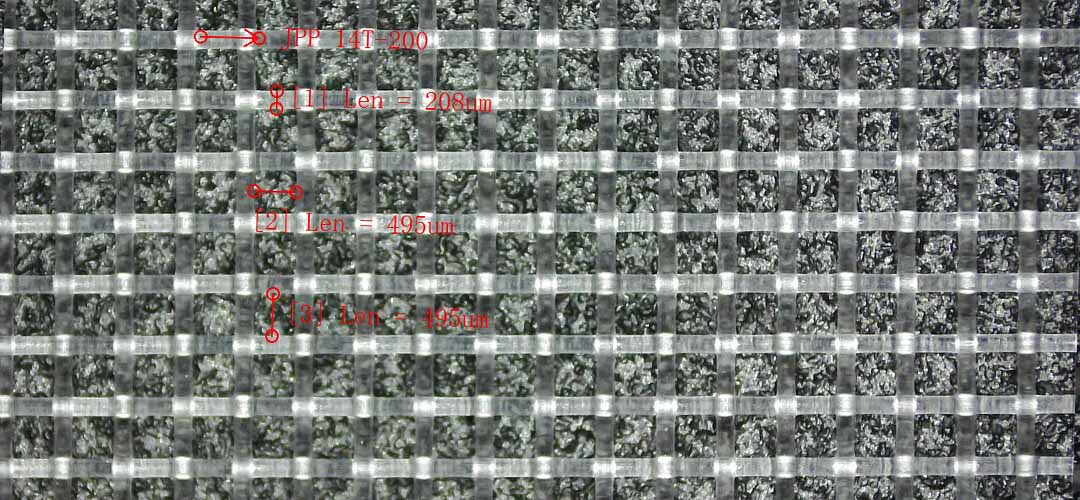
Furthermore, the integration of Nitex screens into laboratory protocols fosters a culture of quality assurance. As researchers become more aware of the impact that sample integrity has on data accuracy, the adoption of reliable filtration methods like Nitex screens becomes a standard practice. This shift not only enhances individual research projects but also contributes to the overall credibility of scientific findings. When data is derived from well-filtered samples, it bolsters the trustworthiness of published results, which is essential for the scientific community and society at large.
In conclusion, the role of Nitex screens in improving data analysis cannot be overstated. By ensuring sample purity, enhancing efficiency, and promoting quality assurance, these screens significantly contribute to the accuracy of scientific research. As the demand for reliable data continues to grow across various disciplines, the adoption of Nitex screens will likely become increasingly prevalent, solidifying their position as a vital tool in the pursuit of scientific excellence.
In the world of scientific research and laboratory experiments, precision and accuracy are paramount. Any slight deviation or error in measurements can lead to skewed results and potentially invalidate the entire study. This is why scientists and researchers are constantly seeking ways to enhance the accuracy of their experiments, and one tool that has proven to be invaluable in this pursuit is the Nitex screen.
Nitex screens are a type of mesh filter made from high-quality nylon material. They are commonly used in a variety of scientific applications, including filtration, separation, and sieving. One of the key benefits of Nitex screens is their uniform pore size distribution, which allows for precise control over the size of particles that can pass through the mesh. This level of control is essential in many scientific experiments where the size of particles being filtered or separated can greatly impact the results.
| Type | Mesh Size (/cm) |
Mesh Size (/inch) |
Thread Dia (um) |
Mesh Opening (um) |
Thickness (um) |
Weight (g/m2) |
| NL4/1950 | 4 | 10 | 550 | 1950 | 1100 | 307 |
| NL5/1500 | 5 | 13 | 500 | 1500 | 1000 | 318 |
| NL6/1267 | 6 | 15 | 400 | 1267 | 800 | 244 |
| NL7/1079 | 7 | 18 | 350 | 1079 | 700 | 218 |
| NL8/900 | 8 | 20 | 350 | 900 | 700 | 249 |
| NL9/861 | 9 | 23 | 250 | 861 | 500 | 143 |
| NL9/811 | 9 | 23 | 300 | 811 | 600 | 206 |
| NL10/750 | 10 | 25 | 250 | 750 | 500 | 159 |
| NL10/700 | 10 | 25 | 300 | 700 | 600 | 229 |
| NL12/583 | 12 | 30 | 250 | 583 | 500 | 191 |
| NL12/533 | 12 | 30 | 300 | 533 | 600 | 274 |
| NL14/514 | 14 | 36 | 200 | 514 | 340 | 142 |
| NL16/425 | 16 | 40 | 200 | 425 | 340 | 160 |
| NL20/350 | 20 | 50 | 150 | 350 | 255 | 113 |
| NL20/300 | 20 | 50 | 200 | 300 | 340 | 200 |
| NL24/267 | 24 | 60 | 150 | 267 | 255 | 135 |
| NL28/237 | 28 | 70 | 120 | 237 | 204 | 101 |
| NL30/213 | 30 | 76 | 120 | 213 | 204 | 110 |
| NL32/213 | 32 | 80 | 100 | 213 | 170 | 80 |
| NL36/178 | 36 | 90 | 100 | 178 | 170 | 90 |
| NL40/150 | 40 | 100 | 100 | 150 | 170 | 100 |
| NL43/153 | 43 | 110 | 80 | 153 | 136 | 70 |
| NL48/128 | 48 | 120 | 80 | 128 | 136 | 77 |
| NL56/119 | 56 | 140 | 60 | 119 | 102 | 50 |
| NL64/96 | 64 | 160 | 60 | 96 | 102 | 58 |
| NL72/89 | 72 | 180 | 50 | 89 | 85 | 45 |
| NL80/75 | 80 | 200 | 50 | 75 | 85 | 50 |
| NL100/57 | 100 | 250 | 43 | 57 | 73 | 46 |
| NL110/48 | 110 | 280 | 43 | 48 | 73 | 52 |
| NL120/48 | 120 | 300 | 35 | 48 | 60 | 37 |
| NL120/40 | 120 | 300 | 43 | 40 | 73 | 55 |
| NL130/42 | 130 | 330 | 35 | 42 | 60 | 40 |
| NL130/34 | 130 | 330 | 43 | 34 | 73 | 61 |
| NL140/36 | 140 | 350 | 35 | 36 | 60 | 43 |
| NL157/25 | 157 | 400 | 43 | 25 | 73 | 74 |
| NL180/20 | 180 | 450 | 39 | 20 | 66 | 68 |
| NL200/15 | 200 | 500 | 39 | 15 | 66 | 76 |
| NL220/10 | 220 | 550 | 39 | 10 | 66 | 84 |
| NL240/5 | 240 | 600 | 39 | 5 | 66 | 91 |
Another advantage of Nitex screens is their durability and resistance to chemicals and solvents. This makes them ideal for use in a wide range of laboratory settings where harsh chemicals are often used. Unlike other types of filters that may degrade or break down when exposed to certain chemicals, Nitex screens remain intact and continue to provide reliable filtration and separation.
In addition to their durability and uniform pore size distribution, Nitex screens also offer excellent flow rates. This means that liquids or gases can pass through the mesh quickly and efficiently, allowing for faster filtration and separation processes. This is particularly important in time-sensitive experiments where quick results are needed.
One of the key ways in which Nitex screens enhance accuracy in scientific applications is by ensuring that only particles of a certain size are allowed to pass through the mesh. This level of precision is crucial in experiments where the size of particles being filtered or separated is a critical factor in determining the outcome. By using Nitex screens, researchers can be confident that their results are not being skewed by the presence of unwanted particles.
Furthermore, Nitex screens are available in a wide range of pore sizes, allowing researchers to choose the mesh that best suits their specific needs. Whether filtering large particles or separating tiny molecules, there is a Nitex screen available to meet the requirements of virtually any experiment. This level of customization and flexibility is another reason why Nitex screens are so popular in scientific research.
In conclusion, Nitex screens are an invaluable tool for enhancing accuracy in scientific applications. Their uniform pore size distribution, durability, resistance to chemicals, and excellent flow rates make them ideal for a wide range of laboratory experiments. By using Nitex screens, researchers can ensure that their results are precise and reliable, leading to more accurate and meaningful scientific discoveries.
In the world of scientific research, accuracy is paramount. Whether conducting experiments, analyzing data, or performing tests, the results obtained must be precise and reliable. One key component that plays a crucial role in ensuring accuracy in scientific applications is the use of Nitex screens.
Nitex screens are a type of precision mesh sieve that is commonly used in laboratories and research facilities. These screens are made from high-quality materials such as stainless steel or nylon, and are designed to provide consistent and accurate results. The mesh size of Nitex screens can be customized to meet the specific needs of the experiment or test being conducted, allowing researchers to achieve the desired level of precision.
One of the primary ways in which Nitex screens enhance accuracy in scientific applications is by ensuring uniformity in particle size. When conducting experiments that involve the separation or filtration of particles, it is essential that the particles are of a consistent size. Nitex screens are able to achieve this level of uniformity due to their precise mesh design, which allows for the separation of particles based on size.
Additionally, Nitex screens are highly durable and resistant to wear and tear, making them ideal for repeated use in scientific research. This durability ensures that the screens maintain their accuracy over time, providing reliable results with each use. Researchers can trust that the data obtained using Nitex screens is consistent and reproducible, allowing for more reliable conclusions to be drawn from their experiments.
Another key benefit of using Nitex screens in scientific applications is their versatility. These screens can be used in a wide range of experiments and tests, from particle size analysis to filtration and separation processes. Their customizable mesh size allows researchers to tailor the screens to meet the specific requirements of their research, ensuring that the results obtained are accurate and reliable.
Furthermore, Nitex screens are easy to clean and maintain, making them a practical choice for busy research facilities. Proper maintenance of the screens ensures that they continue to provide accurate results, without the risk of contamination or interference from debris. Researchers can focus on their experiments with confidence, knowing that the results obtained using Nitex screens are trustworthy and precise.
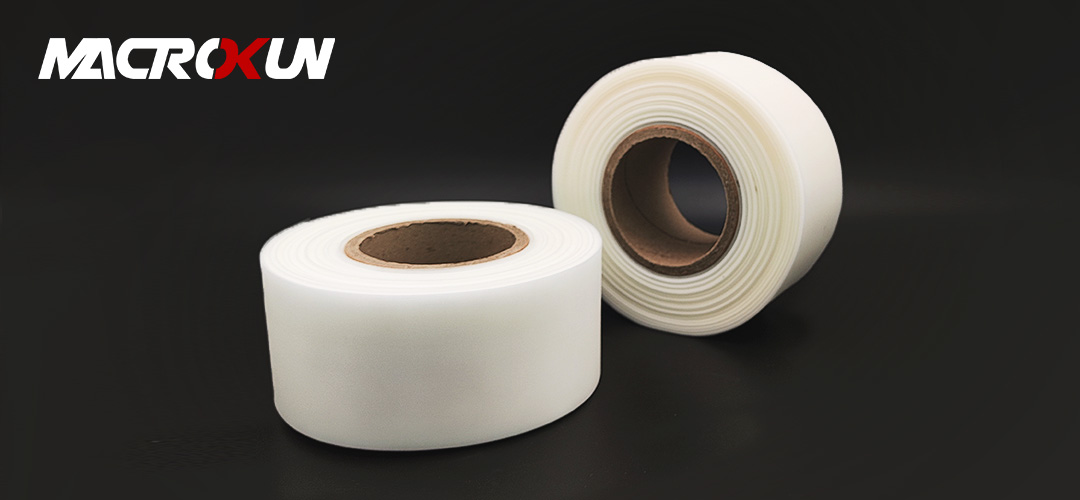
In conclusion, Nitex screens play a vital role in ensuring accuracy in scientific applications. Their precision mesh design, durability, versatility, and ease of maintenance make them an essential tool for researchers seeking reliable and consistent results. By using Nitex screens in their experiments, scientists can trust that the data obtained is accurate and reproducible, leading to more robust conclusions and advancements in scientific knowledge.
In the world of scientific research and experimentation, accuracy is paramount. The ability to obtain precise and reliable data is crucial for drawing valid conclusions and making informed decisions. One tool that has proven to be invaluable in achieving this level of accuracy is the Nitex screen.
Nitex screens are a type of mesh filter made from high-quality nylon material. They are commonly used in a variety of scientific applications, including particle size analysis, filtration, and sample preparation. One of the key advantages of using Nitex screens is their ability to provide consistent and uniform results, which is essential for ensuring the reliability of experimental data.
When it comes to particle size analysis, Nitex screens offer a level of precision that is unmatched by other types of filters. The uniform mesh size of Nitex screens allows for the separation of particles based on their size, resulting in accurate and reproducible data. This is particularly important in industries such as pharmaceuticals, where the size of particles can have a significant impact on the effectiveness of a drug.
In addition to particle size analysis, Nitex screens are also widely used in filtration applications. The fine mesh of Nitex screens is capable of capturing even the smallest particles, making them ideal for removing impurities from liquids and gases. This level of filtration is essential in industries such as food and beverage production, where the purity of the final product is of utmost importance.
Another advantage of using Nitex screens is their durability and longevity. Unlike other types of filters that may need to be replaced frequently, Nitex screens are designed to withstand repeated use without losing their effectiveness. This not only saves time and money but also ensures that the results of experiments remain consistent over time.
Furthermore, Nitex screens are easy to clean and maintain, making them a convenient option for busy laboratories and research facilities. Their smooth surface allows for quick and efficient cleaning, reducing the risk of contamination and ensuring the accuracy of results. This ease of maintenance is particularly beneficial in industries where cleanliness is a top priority, such as medical research and biotechnology.
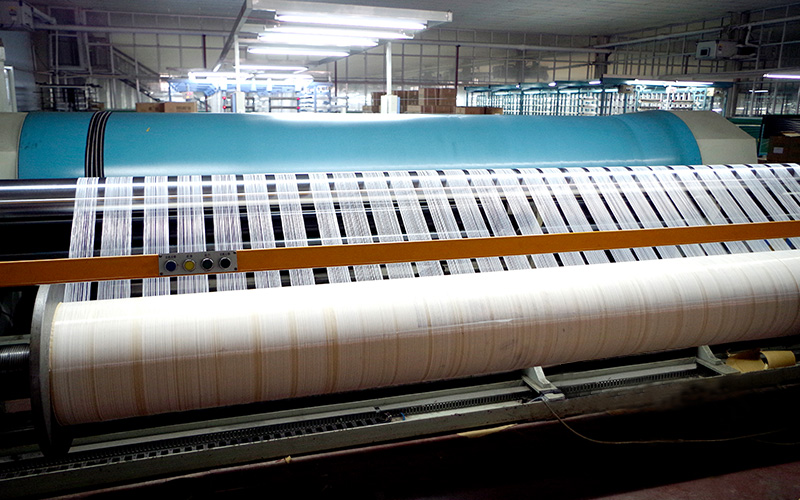
In conclusion, Nitex screens are a valuable tool for enhancing accuracy in scientific applications. Their ability to provide consistent and uniform results, along with their durability and ease of maintenance, make them an ideal choice for a wide range of industries. Whether used for particle size analysis, filtration, or sample preparation, Nitex screens have proven to be an indispensable asset in the pursuit of accurate and reliable data. By incorporating Nitex screens into their research and experimentation, scientists can be confident in the validity of their findings and make informed decisions based on sound data.
Pre: Industries Benefiting from 200 Micron Nylon Mesh Filters
Next: Why Fine Nylon Mesh Screen is Ideal for Small Particle Separation

MACROKUN has established long-term and stable cooperative relations with many transportation companies such as China Post, DHL, FEDEX, USPS, UPS, etc. Of course, MACROKUN can also provide air and sea transportation. The powerful logistics system enables all MACROKUN'S Printing Mesh, Filter Mesh and Filter Bags and so on to be easily and efficiently transported to any place. For quotes and inquiries, please email our sales team.
